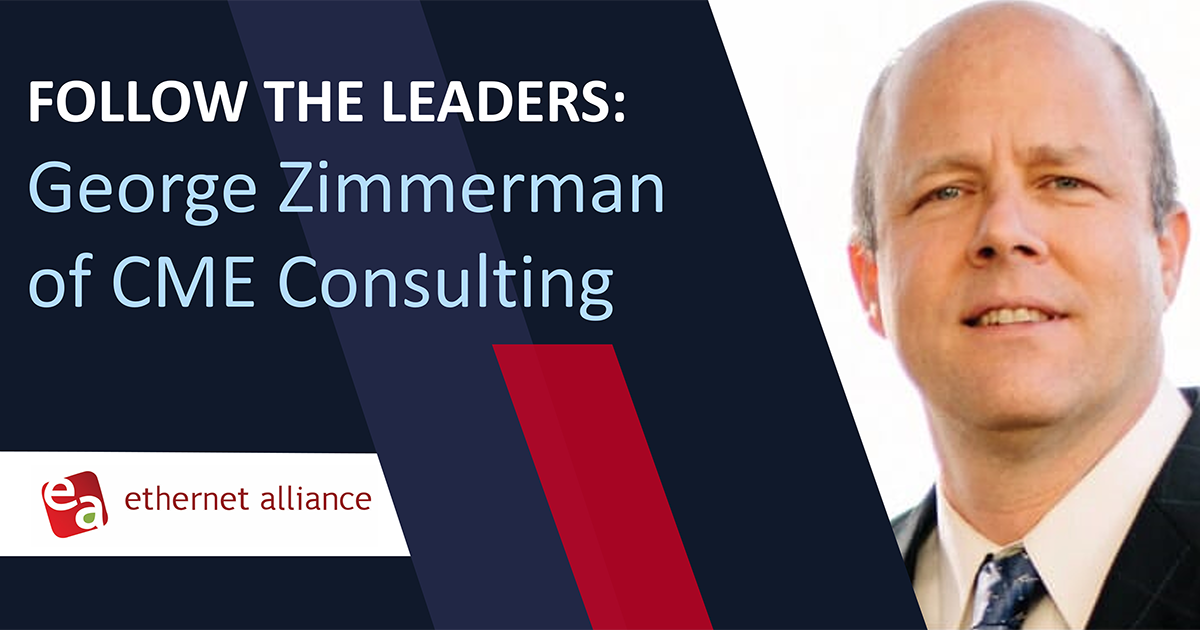A Journey of Exploring 40/100GbE over Twisted Pair Cabling Started
If you drew a table of ratified IEEE Ethernet standards versus their media, you would find two blanks as illustrated in the figure below. There are no 40 and 100 Gigabit Ethernet standards defined over balanced twisted pair copper cabling (e.g. CAT6 and 6A) as of today while twisted pair cabling has the largest install base world wide.
|
|
Balanced twisted pair |
Multimode Fiber |
Single-mode Fiber |
Twinax |
|
100Gb/s |
|
100GBASE-SR10 |
100GBASE-LR or ER |
100GBASE-CR10 |
|
40Gb/s |
|
40GBASE-SR4 |
40GBASE-FR, or LR |
40GBASE-CR4 |
|
10Gb/s |
10GBASE-T |
10GBASE-SR |
10GBASE-LR, or ER |
10GBASE-CX4 or SFP+ DAC* |
|
1Gb/s |
1000BASE-T |
1000BASE-SX |
1000BASE-LX |
1000BASE-CX |
Filling in the blanks!
IEEE just approved the Next Generation BASE-T Call for Interest (CFI) at IEEE 802.3 Plenary Closing Session on 7/19/2012. The Next Generation BASE-T will now progress to Study Group (SG) phase of the standard development. This approval is the first important milestone for a standards path for at least 40 and possibly 100 Gigabit Ethernet over balanced twisted pair copper cabling.
To me, this milestone isn’t just filling in the blanks. The CFI approval result shows broad industry support of advancing higher speed Ethernet over twisted pair cabling. You can find a list of supportive individuals and their affiliated companies in the CFI Consensus presentation here. Per my observation, 10GBASE-T is gaining traction and market penetration. Key 10GBASE-T network equipment have already been released or announced this year. Currently available 10GBASE-T network equipment includes chips for LOM (LAN on Motherboard), network interface cards and high port density switches. This increase in 10GBASE-T market definitely influenced the 802.3 voters to support the Next Generation BASE-T CFI.
This milestone is also good news to the adopters of balanced twisted pair cabling and will encourage more research and investment in faster and better Ethernet over balanced twisted pair media they have adopted. More research and investment in the Next Generation BASE-T technology will result in better choices of next generation products in the future and enhance the economic benefits of 10GBASE-T for end users today.
It’s too early to tell what Next Generation BASE-T will look like. But, in my opinion the Next Generation BASE-T Ethernet should adopt RJ45 as its interface because of RJ45’s ubiquitous adoption and backward compatibility for 10GBASE-T and 10/100/1000BASE-T.
Note: *SFP+ DAC was defined by the SFF Committee.



